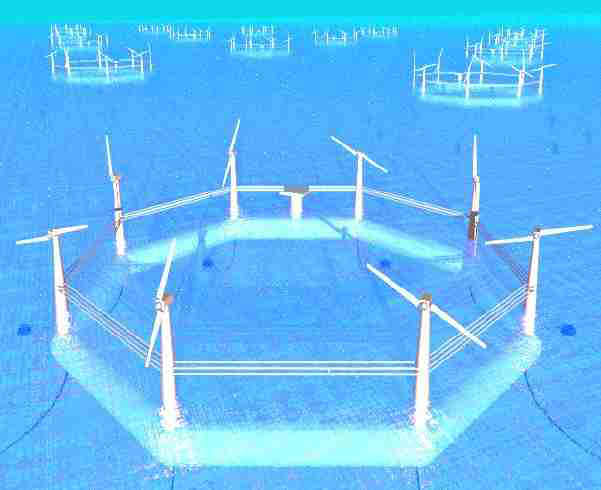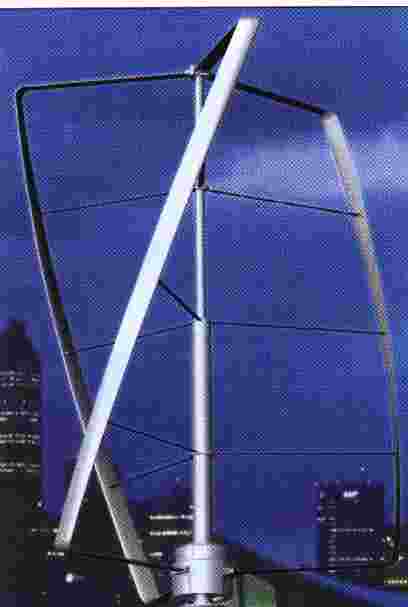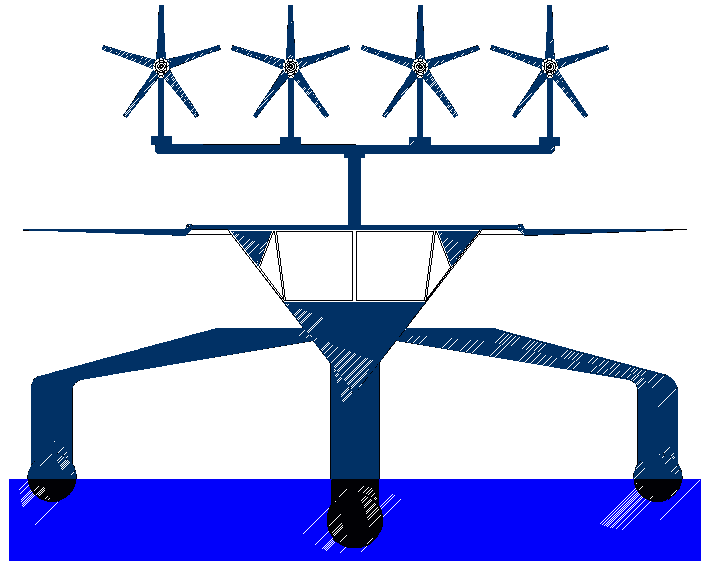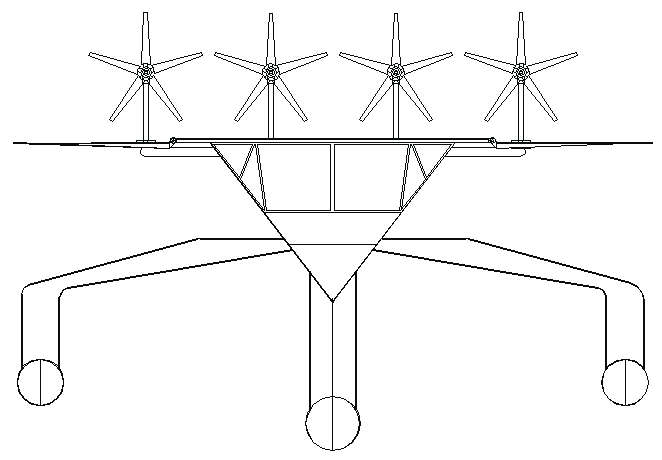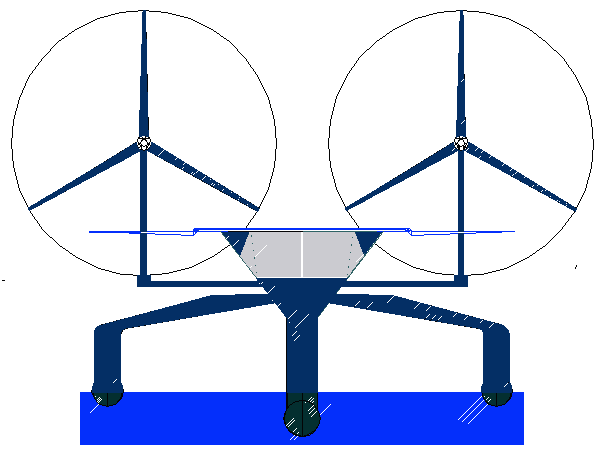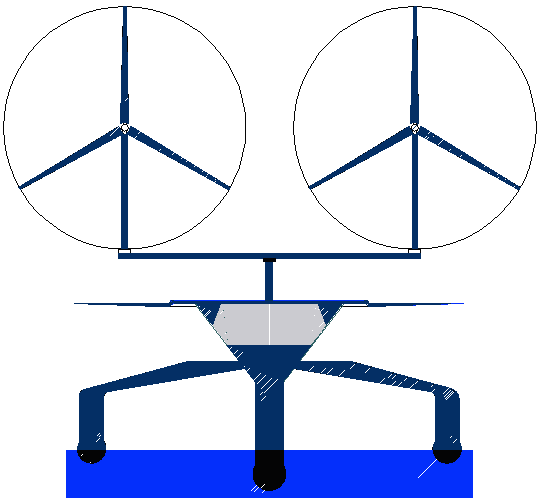|
WIND TURBINES IN ACTION
|
|||||||||||||||||||||||||||||||
|
SOME USEFUL LINKS British Wind Energy Assoc (BWEA) European Wind Energy Assoc (EWEA) Assoc of British Offshore Ind (ABOI) Danish Wind Turbine Manufacturers Assoc Energy Technology Support Unit (ETSU) Office of Science and Tech (OST) Eng & Physical Sciences R Council (EPSRC) Natural Environment R Council (NERC) Central Lab of R Councils (CLRC) Euro Community R & D Inf Service (CORDIS) Institute of Mechanical Engineers (IMechE) Institution of Electrical Engineers (IEE)
SOME USEFUL LINKS
HOW DOES SOLAR NAVIGATOR BENEFIT FROM WIND TURBINES ?
HOW
CAN A BOAT
BENEFIT FROM WIND TURBINES ?
You
can see from the drawing above that the Bluefish ZCC (Bluebird Marine Systems
Ltd) has four mini wind
turbines, each of which generates 1.5Kw to provide enough energy
to run the integrated autonomous hardware. With research projects such as
this, the equipment is bulky and relatively energy hungry, but with each
refinement the controlling chips, software and mechanical end effectors become
smaller and more efficient. SolarNavigator
was the first (proposed) autonomous vessel to harness wind energy in this
way, but the Bluefish ZCC development programme (again a proposed
development of GB1301488) has taken this a stage further with up to
40kW wind turbines onboard for a civilian vessel and 80kW for military
variants. You can
read more about how the system works on their pages by clicking on the
pictures above and below.
Bluefish
Robot Boat
|
|||||||||||||||||||||||||||||||
|
|||||||||||||||||||||||||||||||

